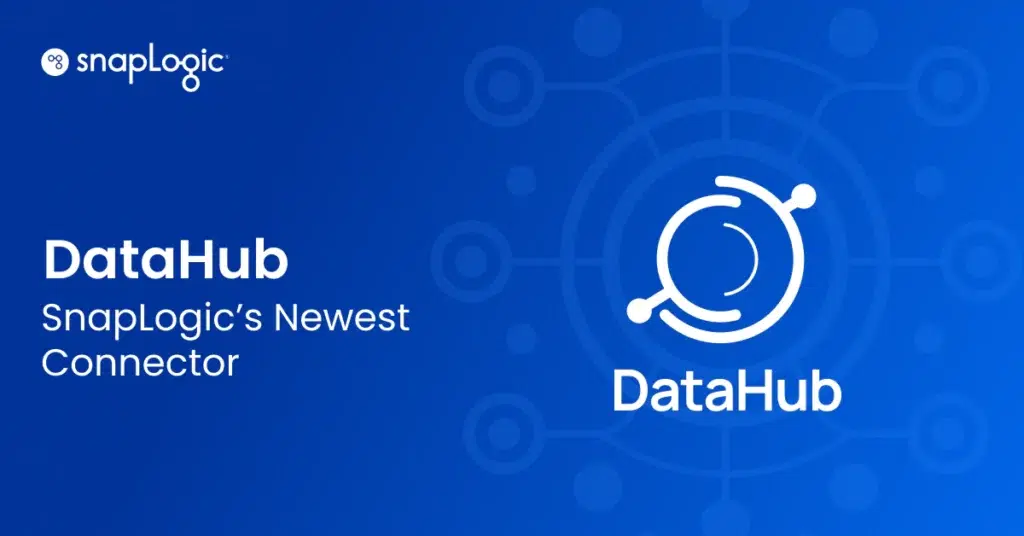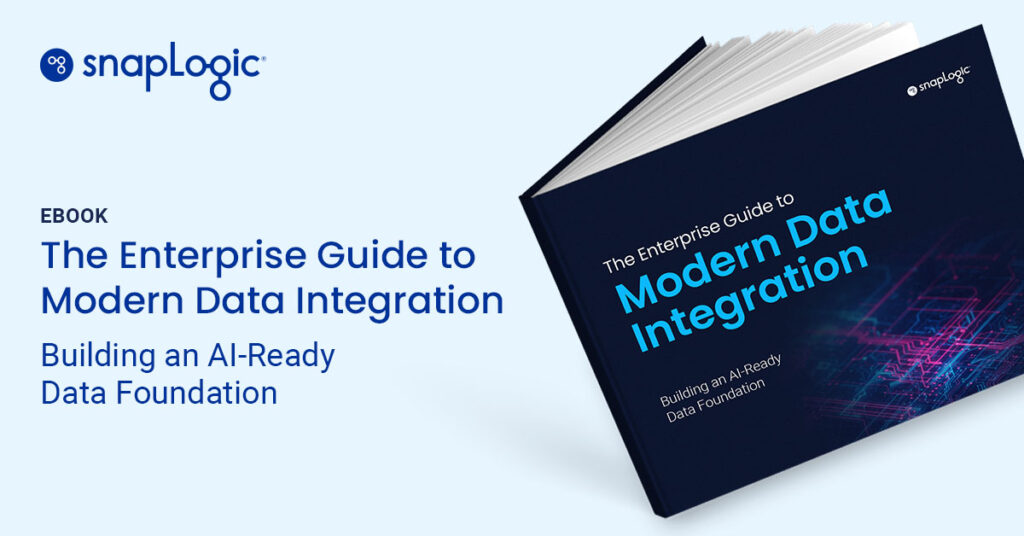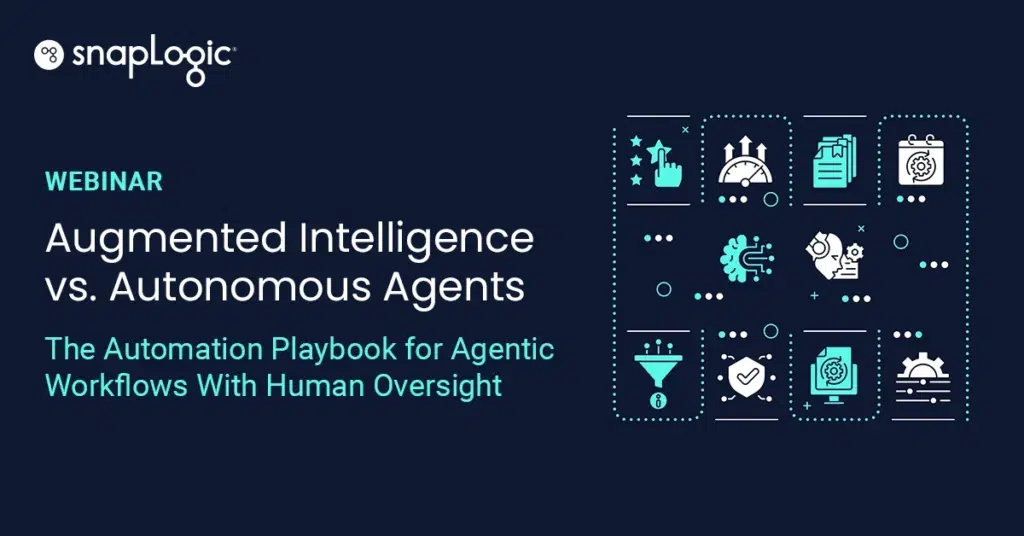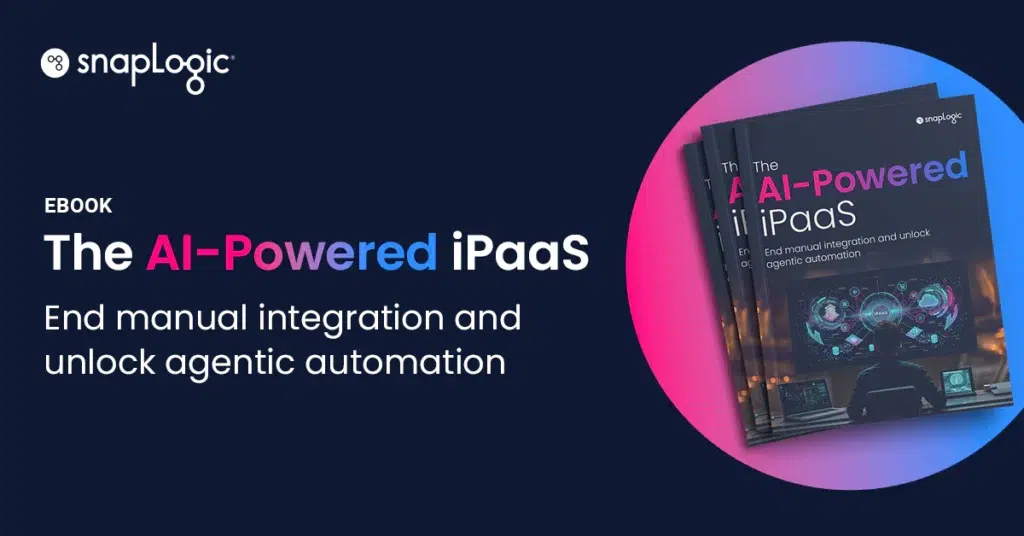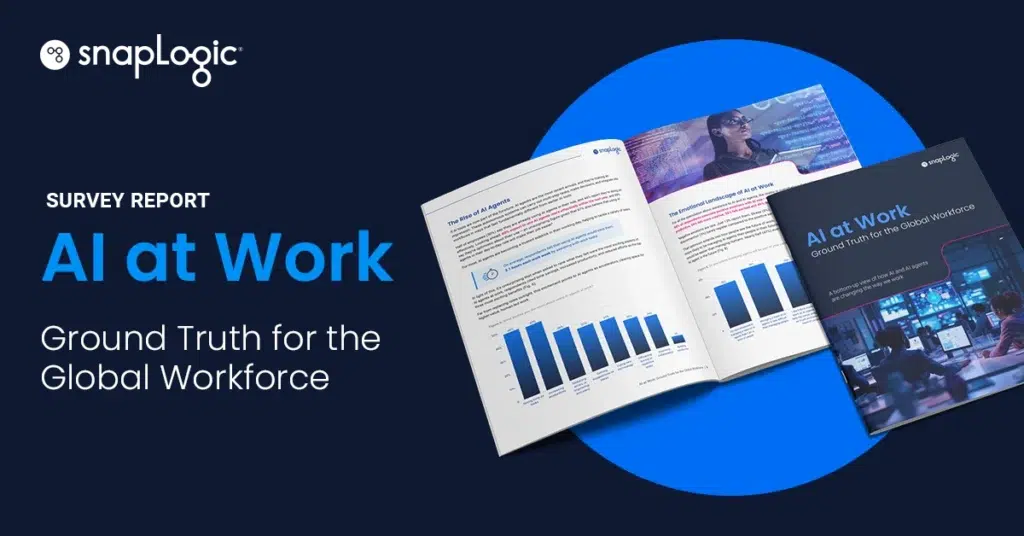What is a data pipeline architecture?
A data pipeline architecture is a system that captures, organizes, and routes data so that it can be used to gain insights. Raw data contains too many data points that may not be relevant. Data pipeline architecture organizes data events to make reporting, analysis, and using data easier. A customized combination of software technologies and protocols automate the management, visualization, transformation, and movement of data from multiple resources according to business goals.
Data pipeline architecture is primarily applied to help data improve targeted functionality and business intelligence (BI) and analytics.
Data-enabled functionality refers to using data pipelines to get insights into functional areas like target customer behavior, robotic process automation, customer journeys, and user experiences.
Business intelligence and analytics gain efficiency and insight into real-time trends and information as data pipelines deliver data in chunks designed for specified organizational needs.
Other benefits of using data pipelines are that they lessen the analytic work and data noise of providing information that may be unnecessary to a team or project. Data pipelines also combine data from multiple sources for holistic and sensible analysis. Additionally, data pipelines can bolster security by restricting access to data sets. Data pipelines can allow internal or external teams access to only the data sets necessary for their goals.
Comprehensive data pipelines ameliorate slow-downs and vulnerabilities associated with the various stages of data intake and movement. Data has to be copied, moved between storage repositories, reformatted for each system, and/or integrated with other data sources. A comprehensive data pipeline can help the system work together. By combining tools to connect various cloud, on-premises, and hybrid software applications and data sources, SnapLogic helps create data pipelines that will not become obsolescent.




